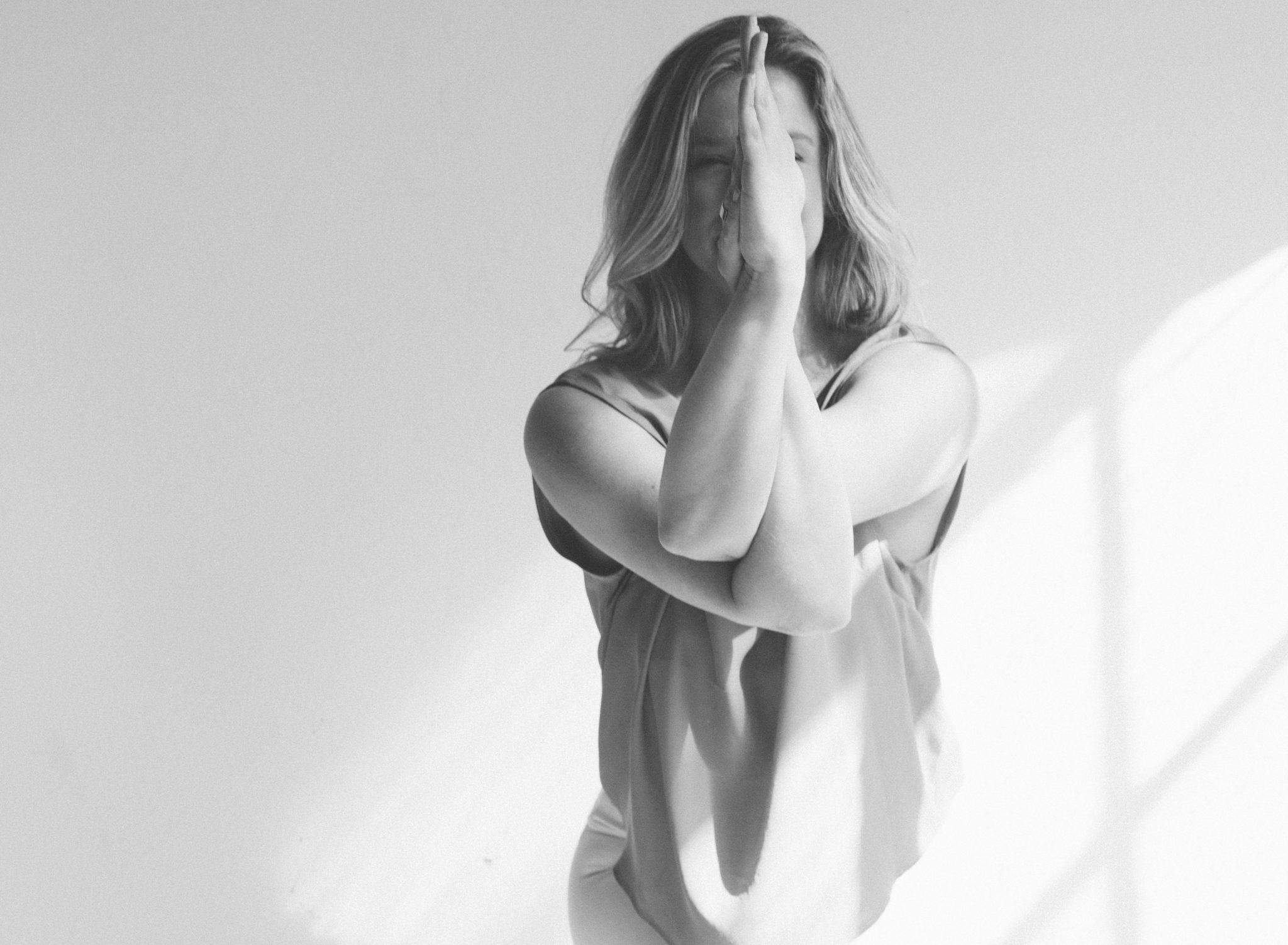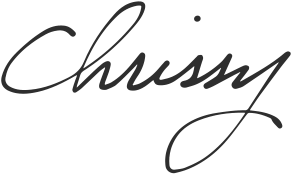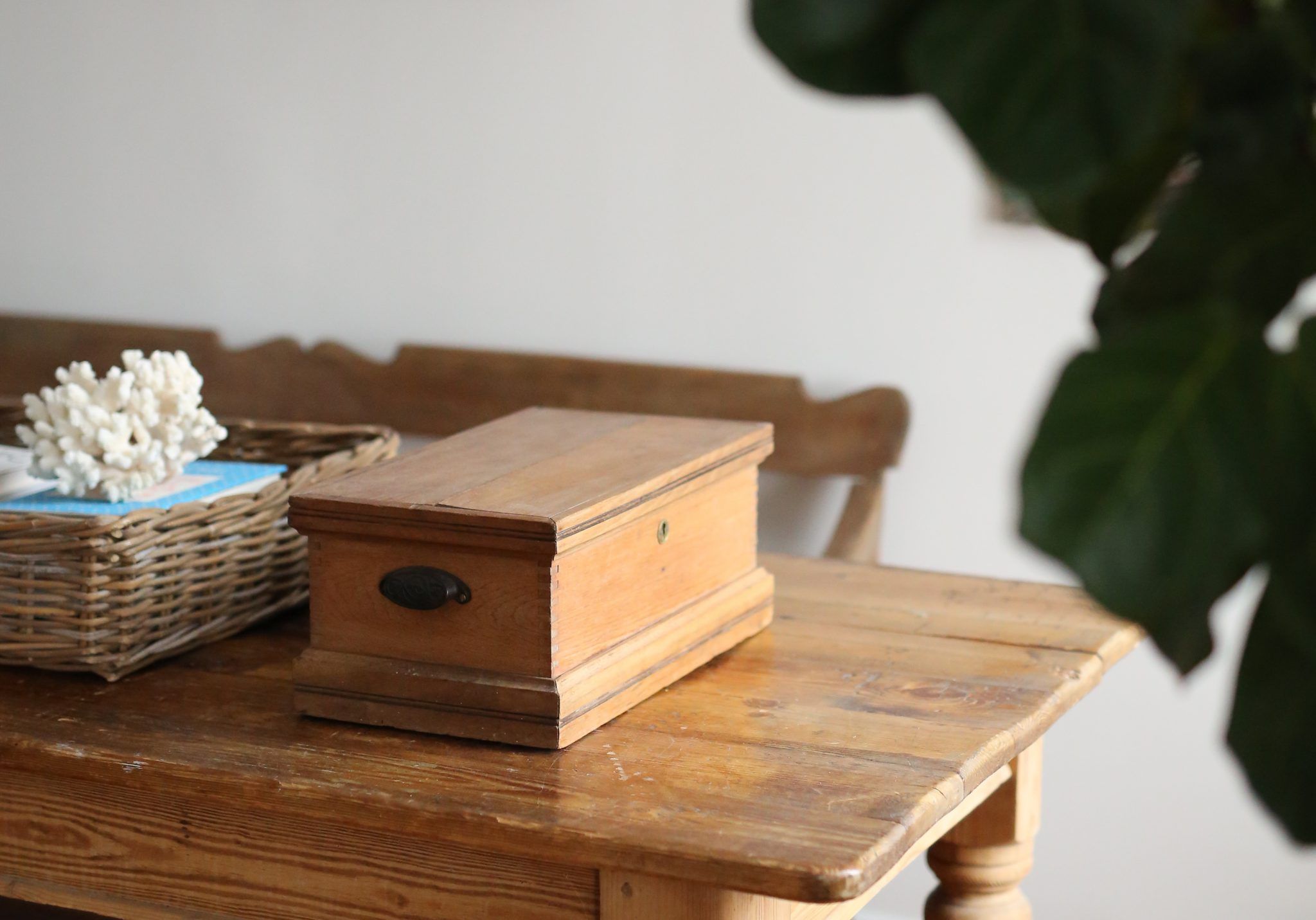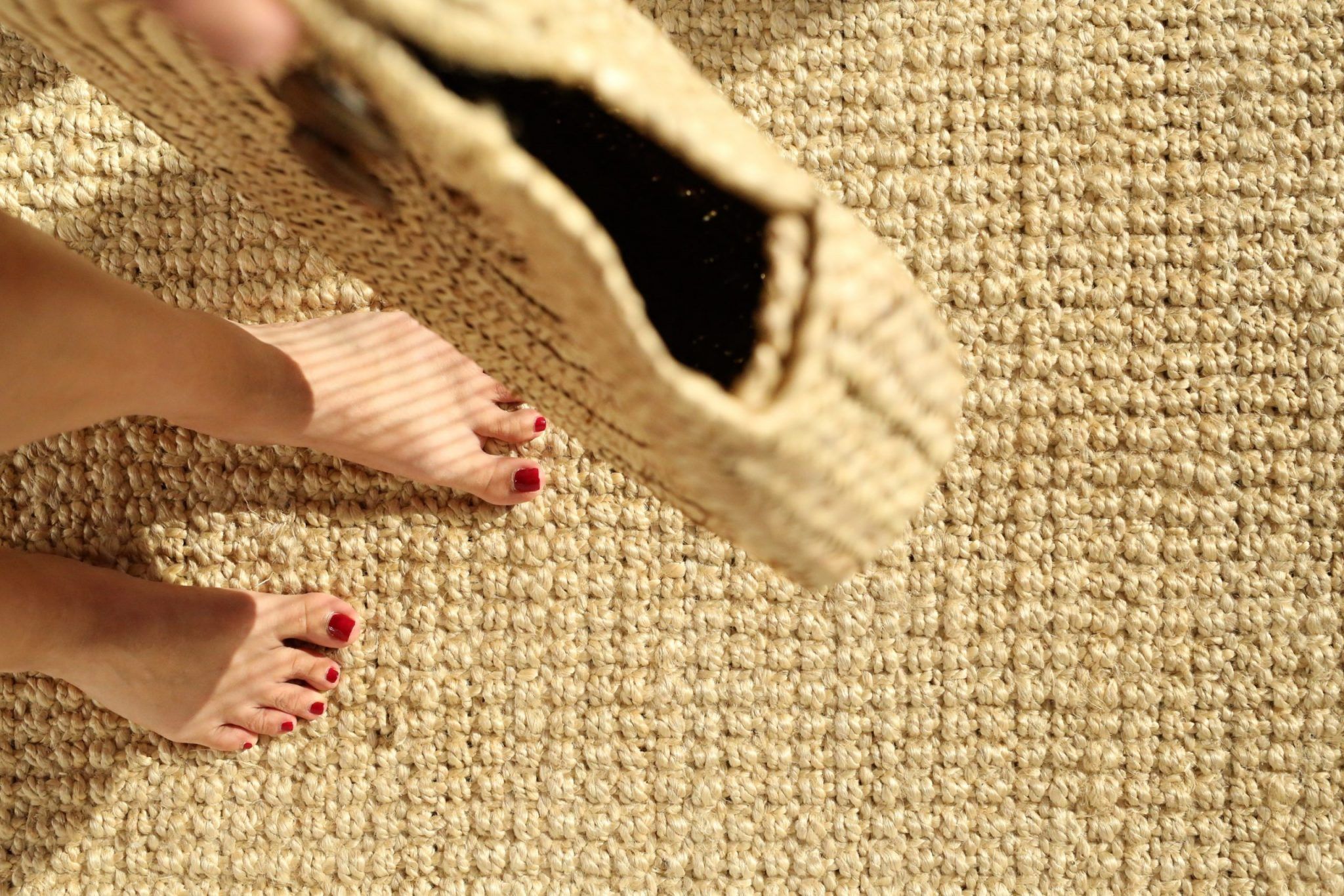Ironically, one of the biggest challenges of becoming a yoga teacher is the very process we as teachers facilitate for our students: the practice of being authentic. Teaching will leave you feeling vulnerable in revealing and unexpected ways. Beyond the wave of insecurities that will crash over you as you stand at the front of a room full of strangers, or the feelings of inadequacy that arise when you strive to teach well, is the very real obstacle you never knew you had to face: yourself. Your work is to unblock the channel through which the teaching flows by eliminating the patterns, blindspots, and beliefs that prevent you from embodying who you are. To be a good teacher, you need to know your subject; to be an excellent teacher, you need to know yourself.
It might sound strange, or even contradictory, to think of authenticity as something to practice. After all, how can we be anyone other than who we truly are? The truth is, it’s challenging to simply experience ourselves without the filters that influence our understanding of who we are—our story, insecurities, judgements, expectations, and all of the other vrttis that make us feel like we’re not enough. This is especially true for new teachers who are still learning their craft, let alone navigating the awesome responsibility of holding space. Self-consciousness, insecurity, and the pressure to be accepted by others can overwhelm your ability to simply show up as yourself. It’s natural, then, to want to cover up these feelings by trying to be something you’re not. But don’t. In our reluctance to be vulnerable, we miss the whole point of teaching yoga, which is to give others permission to accept and embrace who and where they are in the moment.
The practice of authenticity is about learning how to see yourself clearly and it takes diligent effort. You have to seek out this work and become an active participant in your own growth; it’s not going to happen magically on its own. Here are a couple of ideas to help you get started.
Practicing consistently with one teacher is essential for cultivating self-awareness. While there’s immense value in learning from different teachers—in exposing yourself to different, even conflicting, perspectives—I can’t emphasize enough the importance of consistency, especially in the beginning of your career. I’ve seen so many teachers struggle to get clear because they’ve cast their net too wide; pick one spot into which to dig and then dig deep. If a weekly class is not an option, sign up for your teacher’s workshops or attend one their retreats. I know it can be challenging to carve out the time, but you should see it as an investment in yourself, your practice, and your career. In my opinion, this is non-negotiable.
Nurture a relationship with a teacher you respect and trust—someone who shows up fully and is genuinely invested in you. Working with one teacher will reinforce concepts through repetition; you will become fluent in one language, making it easier to digest, assimilate, and communicate what you learn. Your teacher will hold up a mirror and also hold the space for you to process your own experience so you can begin working through your blindspots, insecurities, ego, fear, and self-determined limitations. To be seen, heard, and understood in this way will strengthen your relationship with the most important teacher of all: yourself. It will give you an in-depth understanding of the process you are responsible for facilitating for your students.
Journaling your practice is another effective tool for cultivating self-awareness. Choose one class you teach and one class you take so that you can see your experience from the perspective of teacher and student. Write down what was interesting, illuminating, boring, or frustrating about the class. Be honest about your insecurities and your triggers. This will train you to look at your experience objectively and teach you how to be your own mirror. Studying yourself on paper will ultimately teach how to see yourself in real time—to witness your practice and your teaching in the moment and respond with clear, skillful action.
Lastly, create space in your life outside the classroom to process your own experience. Learn about yourself from all perspectives—physical, energetic, emotional, and psychological. Whether it’s under the care of a body worker or acupuncturist, with the support of a trusted friend, or in the confidence of a therapist or coach, it’s important that you dig under the surface and identify the root of your patterns. We often turn to these modalities in times of crisis, when our bodies, hearts, and minds are crying out for help. I encourage you to start creating a system of support now, because being a teacher—holding space for others to see and accept themselves—demands that you be fully entrenched in your own work. To do so well, it takes a village. My own support system gave me the tools to unpack my perception of myself. Unraveling my story has helped me see through the stories my mind constructs in the classroom about my students, my teaching, and myself. It’s through this work that I continue to refine my understanding of who I am, and it’s because of this work that I’m able to not only teach well but to also more clearly and effectively offer support to my students.
I hope these tips help you to get more grounded in yourself. The practice of authenticity gives us the awareness and the courage to relax into ourselves. Authenticity, then, can just become our natural state of being. The tools of self-study help us navigate this process by offering us the tools to look within—to see clearly the truth of who we are and also to face all that is not true to our authentic Self. It’s this deep sense of knowing that inspires real teaching, the kind that flows from our heart of hearts, unobstructed by ambiguity or self-consciousness or ego. The kind of teaching that connects student and teacher together as human beings sharing a collective experience. Hard work well worth doing.






Yes, yes, yes, Chrissy! Thank you for this very beautiful post. As always, perfectly timed and perfectly worded :).
Thank you, Michelle! I’m so glad it resonated with you. xo